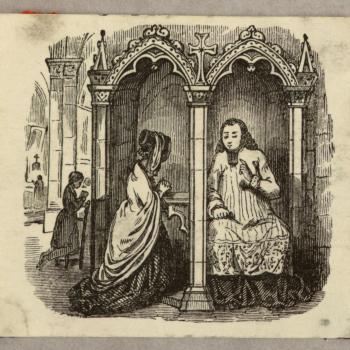This Thanksgiving, you may be looking forward to enjoying some oven-sizzling turkey and stuffing, alongside mashed potatoes and green beans. You also may be looking forward to gathering with family and friends, laughing together, and simply enjoying each other’s company.
Boosting social connection
In today’s world, it’s harder than ever to achieve true social connection. In fact, the U.S. Surgeon General released a statement calling for action to promote social skills and wellness among American youth. In it, he noted that in the age of technology, cell phones, and social media, youth are more socially isolated than ever.
It’s not impossible, though, to achieve social connection in today’s day in age. And surely, we can all engage in social practices which will increase the likelihood with which we truly connect with others. We can empathize with others, ask questions about their experiences, and share our own joys and struggles.
Synchronized actions
In addition to these typical practices, synchronized movement and vocalizations—doing or saying the same thing at the same time as others—has also been shown to boost social connection (Tar et al., 2018). Examples include dancing, marching, tapping, singing, or reading aloud together.

Synchronized activity has been shown to yield several other benefits as well, including better rapport in relationships and increased cooperation, perceived overlap between oneself and the other, positive feelings, prosocial behavior, and even self-esteem (Lumsden et al., 2014; Mogan et al., 2017). Synchronized action has even been shown to decrease the subjective experience of pain (Tar et al., 2015).
In a Templeton Ideas podcast interview, Dr. David Desteno, professor of psychology at Northeastern University, shared that participants who tapped in unison with others reported having more compassion towards others and were more likely to offer to help.
Singing together
My husband’s family tends to break out in united song at special family occasions, such as singing “Let there be peace on earth” during their annual Christmas gathering. While doing so, and afterwards, the warmth and social satisfaction is palpable.
Interestingly, research strongly supports the benefits of singing in unison, with studies showing benefits including more well-being, improved cognitive performance, and better mood. Even the singers’ bodies start to move in tempo with each other, with synchronization across heart rate and breathing (Delius & Muller, 2023).
Praying in unison
While research suggests that doing pretty much anything in synchrony yields benefits, there may be benefits specific to religious prayer, as well. For example, research demonstrates a clear link between religion and well-being, health, and social connection (Mochon et al., 2011; Fredrickson, 2002; Brown et al., 2023). As such, you might decide to double up on social connection this Thanksgiving, and pray aloud together.
Faith practices
As Dr. Desteno noted in his interview on the Templeton Ideas podcast, psychological studies often demonstrate the effectiveness of practices that have been implemented across world religions for centuries. He shares, “Every time we thought we had discovered some wonderful new life hack that we could give people to make them better, I’d look around and I’d see that it was being used in religion already.”
Synchrony in Mass
In particular, throughout Church history, individuals would gather and pray together. During the celebration of Mass, moreover, Christians vocalize certain prayers together. For example, the congregation responds to the priest’s “The Lord be with you,” with “And with your spirit.” Amongst many other synchronized vocalizations, we also confess our sins in unison, “I confess to almighty God and to you, my brothers and sisters…”

Photo by Jon Tyson on Unsplash
Synchrony in Liturgy of the Hours
Many religious and lay people also pray the Liturgy of the Hours, which also involves several synchronized vocalizations during morning, midmorning, midday, midafternoon, evening, and night prayer.
Synchrony in the Bible
Moreover, when the apostles gathered after Jesus had risen from the dead, they gathered and prayer together, in one accord (Acts 1:14). Jesus also encouraged united prayer, informing us:
Again, [amen,] I say to you, if two of you agree on earth about anything for which they are to pray, it shall be granted to them by my heavenly Father. For where two or three are gathered together in my name, there am I in the midst of them (Matthew 18:19-20).
The Catholic Church has inarguably led believers to engage in synchronized practices.
This Thanksgiving
So this Thanksgiving, you might not be up for learning a new synchronized dance with your family; but you might consider praying aloud together, in unison. It can be any prayer—you might stick with the Our Father or choose to read something you find on the internet, like this Thanksgiving prayer.
Given research on synchronized actions, you might consider all participating in the same action, at the same time. Something as simple as making the sign of the cross, before and after the prayer.
The experience might even feel bland for the moment, at least in comparison to the Italian red wine and pumpkin pie. But through those moments in which your mouth moves in unison with others, a united prayer sounds, and, maybe, hands are joined—you are being united with others in a deep, lasting, and fulfilling way. You may not notice it right away, but pay attention. You just might find that united, synchronized prayer brought you closer to others and filled you deep within, leaving you satiated not just by turkey and red wine, but also by the bond of love.

Shutterstock photo: 2376308569. By Drazen Zigic. https://www.shutterstock.com/image-photo/happy-multiracial-parents-their-kids-laughing-2376308569














